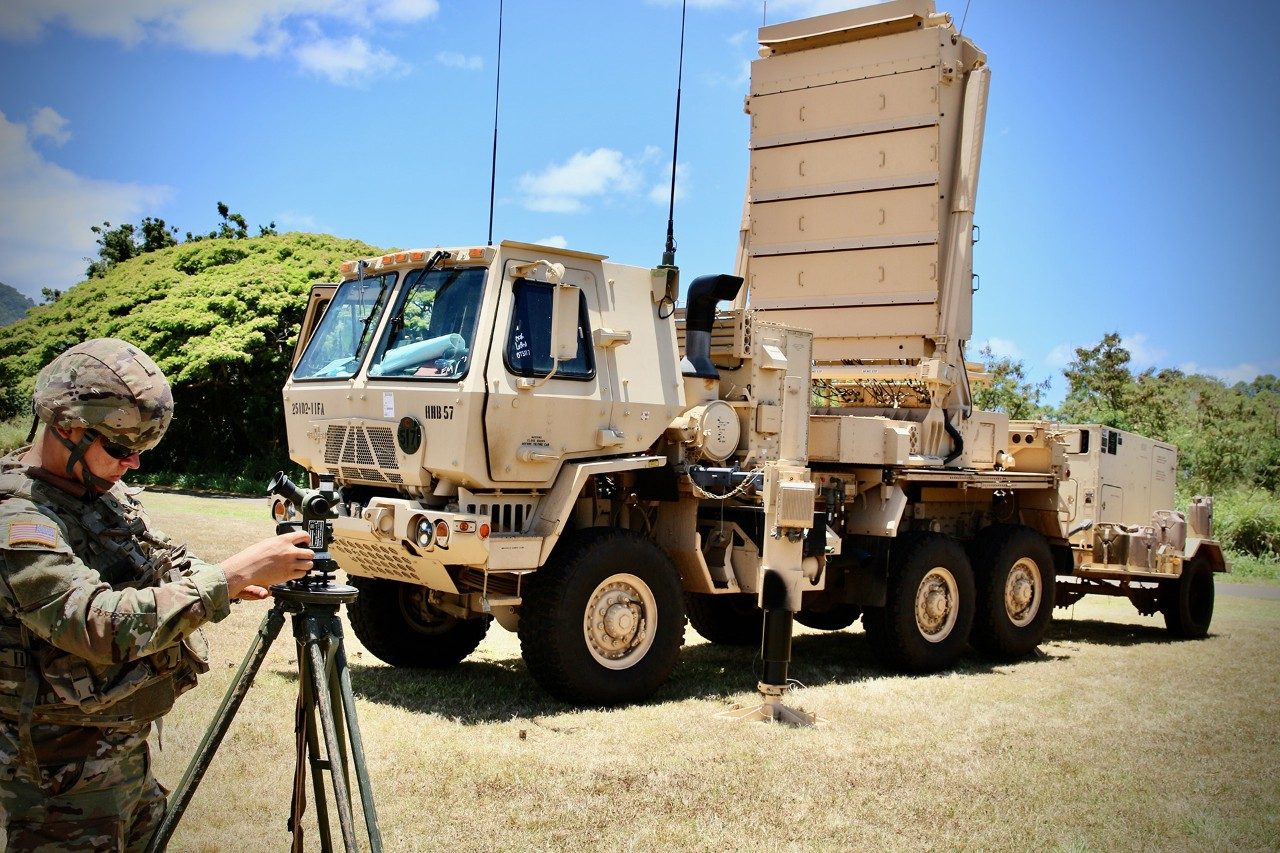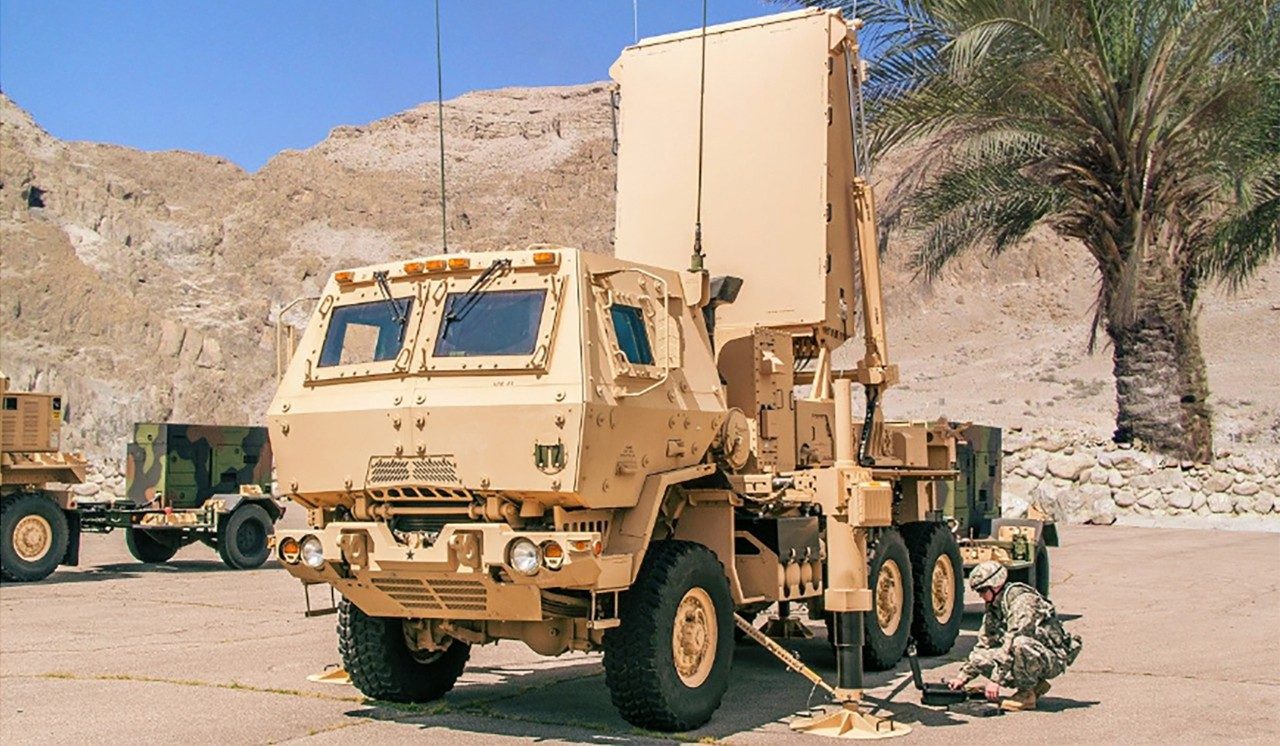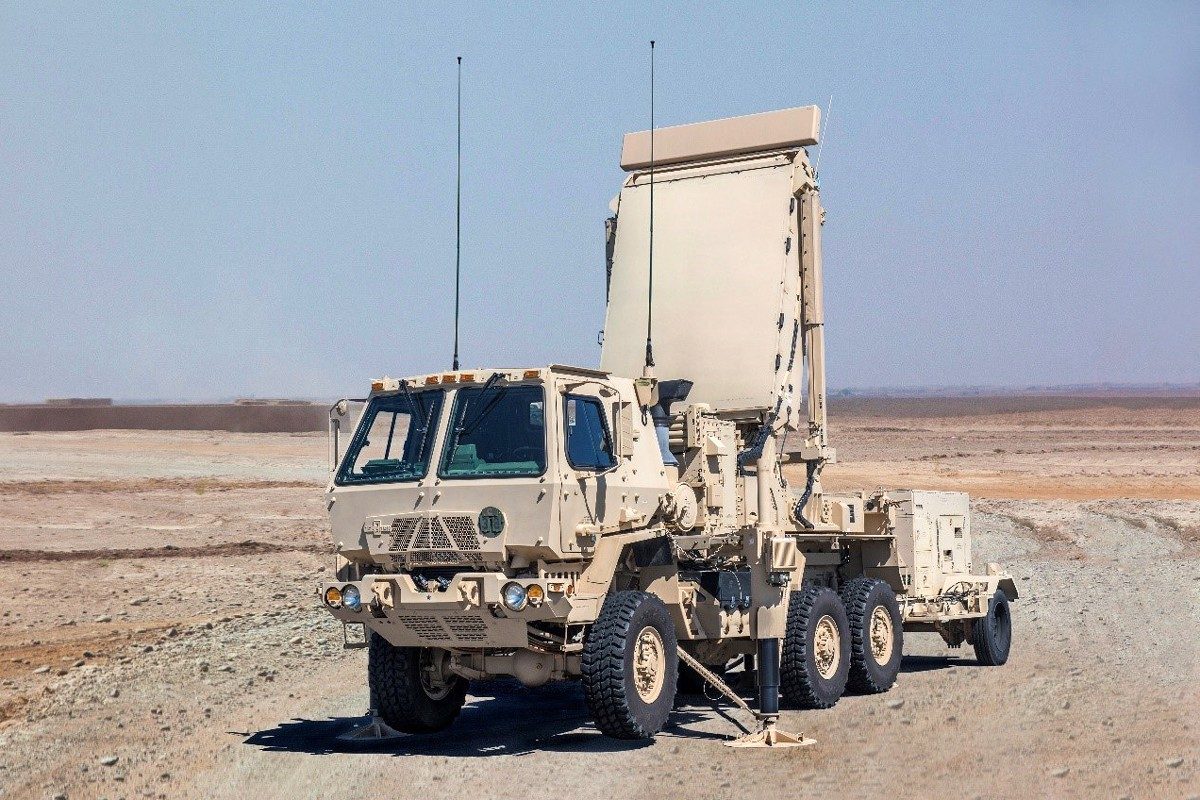5 Ways the Famed Q-53 Multimission Radar is Adapting to Modern Threats
With a long, rich history of protecting the U.S. Army, the Q-53 radar has entered the next phase of its life to detect and deter evolving threats. What began in 2007 with the charter to detect and track mortars, rockets and artillery, is now bringing the future of warfare to the present day. Here are 5 ways the Q-53 radar is staying relevant and critical in the future of warfighting:
1) Active production line = faster to the field = proven combat system & C2 integration
The Q-53 is mission ready today. With nearly 200 fielded, and more on the way for the U.S. Army and other customers, Lockheed Martin has an active production line and demonstrates proven performance. It can also be integrated with many combat /command & control (C2) platforms.
2) Open Architecture to easily add missions
The Q-53’s active electronically scanned array (AESA) provides the foundation for multi-mission capabilities and plays a key role in the expanded capabilities that are now critical to homeland defense in the US and abroad. The Q-53 has demonstrated the ability to identify and track unmanned aerial systems (UAS), showing the capacity to incorporate air surveillance simultaneously with counter target acquisition in a single sensor. The Q-53 integrated with the Forward Area Air Defense Command and Control (FAAD C2) system to serve as the primary fire control source for the Coyote Block 2 C-UAS defeat system.
These enhancements enable increased radar performance in challenging operating environments. Upgrades include support for Long Range Precision Fires and Air and Missile Defense missions. The Q-53 capabilities are key enablers for these missions and represent continued dedication to the advancement of technology in this space.

3) S-band medium range air surveillance & gap filling capability
Radars in the S-band or mid-band range, as the name implies, strike a balance between long-range and short-range capabilities. Mid-band radars are well suited for applications requiring moderate resolution and detection range, making them ideal for air & missile defense, weather monitoring, multi-function air defense and tracking.
The Q-53 is a highly mobile S-band radar and can detect low-level flight surveillance in specific sectors, localizing fixed wing, rotary wing and UAS type threats, not to mention other gap filling needs like drug interdiction or detection of illegal aircraft. AKA, the Q-53 is survivable in the modern battlefield.

4) IFF Mode 5 - Discerning Friendly Fire vs. Enemy Fire
Identification Friend for Foe (IFF) Mode 5 is an air surveillance mission and secondary survival capability that can detect friend or foe aircraft. According to the Department Operational Test & Evaluation, IFF systems are sensitive identification devices that emit signals used to identify whether a platform is friend or foe and thereby prevent fratricide. Unlike other legacy radars, the Q-53 can include IFF for Mode 5 for customers seeking that requirement on their air surveillance and detection assets.





